

How to Choose Flower Seeds for Oklahoma Climate and Light Conditions
Introduction
Selecting the right flower seeds is crucial for a thriving garden, especially in Oklahoma’s unique climate and light conditions. This guide will help you navigate the best choices tailored to your region, ensuring a vibrant and sustainable garden throughout the seasons. And hey, if you want to kickstart your garden with some amazing Purple Coneflower Seeds, we’ve got you covered!
Summary
Oklahoma’s diverse climate presents both challenges and opportunities for gardeners. The key to successful flower gardening lies in understanding the local conditions and choosing seeds that thrive in them. This article will cover essential factors, such as climate considerations, light exposure, soil types, and recommended flower varieties for Oklahoma. We’ll also provide tips on where to source seeds and how to successfully grow your chosen flowers, creating a colorful and resilient garden that reflects the beauty of the region. And speaking of growing, don’t forget to check out some Organic Compost to enrich your soil!
Understanding Oklahoma’s Climate
Overview of Oklahoma’s Climate
Oklahoma’s climate is a patchwork of variations, with several hardiness zones. Generally, the state falls within USDA Zones 6 to 8. These zones are crucial for selecting the right flower seeds. Average temperatures can swing from sweltering summers to frigid winters, with summer highs often exceeding 100°F and winter lows dipping below freezing. Rainfall can be unpredictable, averaging around 30 to 40 inches annually, often concentrated in spring and fall, which impacts soil moisture levels.
Extreme weather events, such as tornadoes and droughts, can pose additional challenges. These factors dramatically influence what flowers will thrive. For instance, incorporating drought-resistant flowers like Purple Coneflower can be beneficial during dry spells. Additionally, seasonal variations affect bloom times, so understanding these dynamics is essential for planning your garden. Make sure you’ve got the right tools, like a Hand Trowel, to help you dig in when the time comes!
Explore local climate guides to understand your specific gardening area. By aligning your flower choices with Oklahoma’s climate, you can ensure a flourishing and resilient garden that not only survives but thrives throughout the changing seasons.

Light Conditions in Oklahoma Gardens
Importance of Sunlight for Flower Growth
Sunlight is like the coffee for flowers. They thrive on it! In Oklahoma, understanding light conditions is essential for choosing the right flower seeds. Let’s break it down.
Flowers typically fall into three categories based on light needs: full sun, partial shade, and full shade. Full sun flowers, like Zinnias and Black-eyed Susans, crave at least six hours of direct sunlight daily. These beauties are often colorful and vibrant, perfect for sunny spots in your garden. You can easily start with some Zinnia Seeds to add that pop of color!
On the other hand, partial shade flowers, such as Astilbe and Hellebores, prefer a mix of sunlight and shade. They thrive in spots that receive morning sun but are shaded in the afternoon. This setup helps them avoid the hottest hours of the day, keeping them cool and happy.
Then we have full shade flowers, like Ferns and Cyclamen, which need minimal sunlight. These plants do well in areas that receive no direct light, making them ideal for those tricky, dark corners of your garden. So, if you’re looking for some Fern Seeds, now you know where to plant them!
Choosing the right flowers according to their light requirements can make or break your garden. Full sun flowers often exhibit stronger growth and more blooms, while those in shaded areas may struggle. So, before you pick your seeds, assess your garden’s light conditions carefully. Your flowers will thank you!
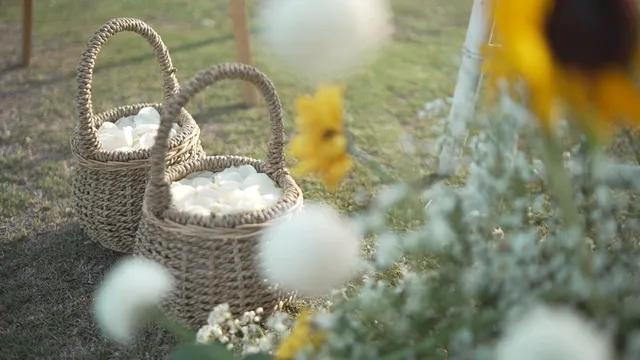
Choosing the Right Flower Seeds
Factors to Consider When Choosing Seeds
When selecting flower seeds for your Oklahoma garden, climate adaptability and drought resistance should be top of mind. Oklahoma’s weather can be unpredictable, with scorching summers and occasional droughts. Therefore, choosing flowers that can handle these extremes is crucial.
Native plants are champions of resilience. They’ve adapted to local climates, making them more likely to thrive with little fuss. For example, the Purple Coneflower and Black-eyed Susan are not only beautiful but also drought-tolerant. Incorporating these native species can lead to a flourishing garden that requires less water and care. You can find more about the Best native plants for attracting local wildlife in our detailed guide.
Incorporating native plants can enhance the resilience of your garden. Best native plants for attracting local wildlife are essential for thriving ecosystems.
On the flip side, non-native plants can also be appealing, but they may require more attention to survive in Oklahoma’s climate. Always check whether the seeds you choose can withstand local conditions. And while you’re at it, consider investing in a Soil Test Kit to ensure your garden is primed for success!
Drought-resistant varieties are non-negotiable in Oklahoma. These plants, such as the Blanket Flower or Texas Bluebonnet, have deep roots and can maintain their beauty even during dry spells. Selecting these varieties means less worry about watering during hot summer months. How about starting with some Texas Bluebonnet Seeds for that extra flair?
In summary, aim for a mix of native and drought-tolerant seeds. This strategy will ensure a vibrant, resilient garden that thrives in Oklahoma’s unique climate. Check local gardening resources for more recommendations on the best native flower species suited for your garden. Your flowers will not only beautify your space but also support local wildlife!
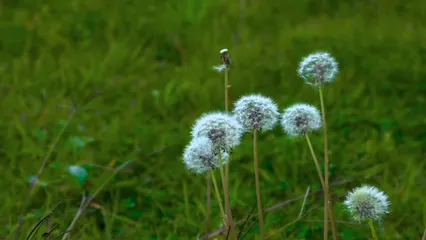
Recommended Flower Varieties for Oklahoma
Annuals
If you’re looking to brighten your Oklahoma garden, annuals like Zinnias and Marigolds are showstoppers! Zinnias, known for their vibrant colors, can bloom from early summer until the first frost. They thrive in full sun and are quite drought-tolerant once established. Marigolds, with their cheerful golden hues, not only add a splash of color but also deter pesky garden pests. Both require minimal maintenance, making them perfect for busy gardeners. You can find some great Marigold Seeds to start your garden!
For a continuous display, consider planting a mix of these annuals. Zinnias can be sown directly into the soil after the last frost, while Marigolds can be started indoors or sown outside. With proper care, you’ll enjoy these seasonal blooms from spring through fall, offering a feast for the eyes.
Select a mix of annuals to ensure continuous blooms.
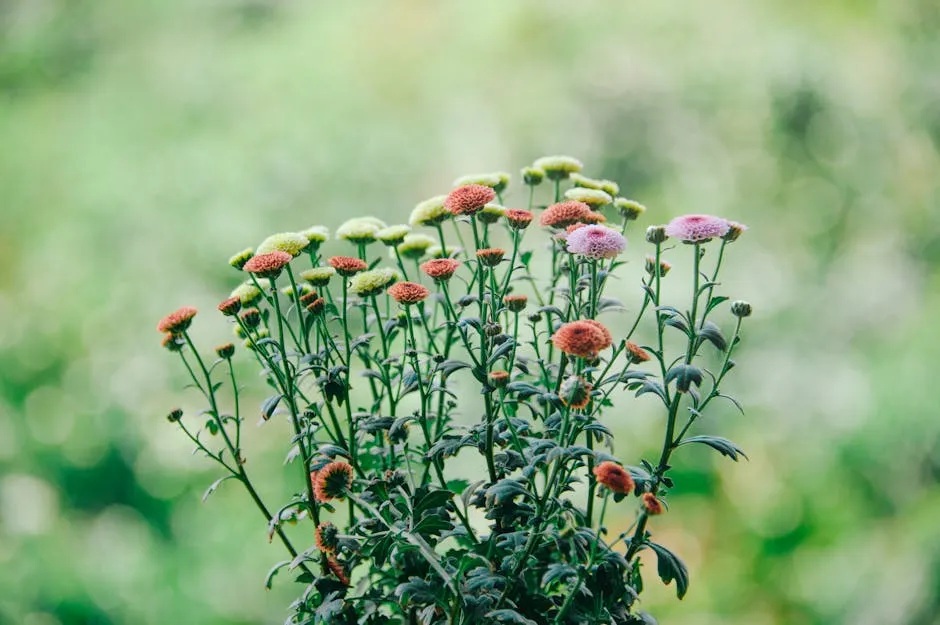
Perennials
Incorporating perennials into your Oklahoma garden is a smart move! Black-eyed Susans and Coneflowers are two top choices that thrive in our climate. Black-eyed Susans, with their bright yellow petals and dark centers, bloom from summer to fall and attract butterflies. They’re easy to grow and can spread, making them great for naturalizing.
Coneflowers, with their striking purple petals and prominent seed heads, are not only beautiful but also drought-resistant. They provide essential food for pollinators during the summer months. Both of these perennials require minimal care once established, making them perfect for anyone looking to enjoy long-lasting blooms with less effort. If you’re interested, you can grab some Black-eyed Susan Seeds to start your collection!
Plan for a diverse flower bed with both annuals and perennials. By mixing these varieties, you’ll create a colorful and resilient garden that thrives throughout the seasons.
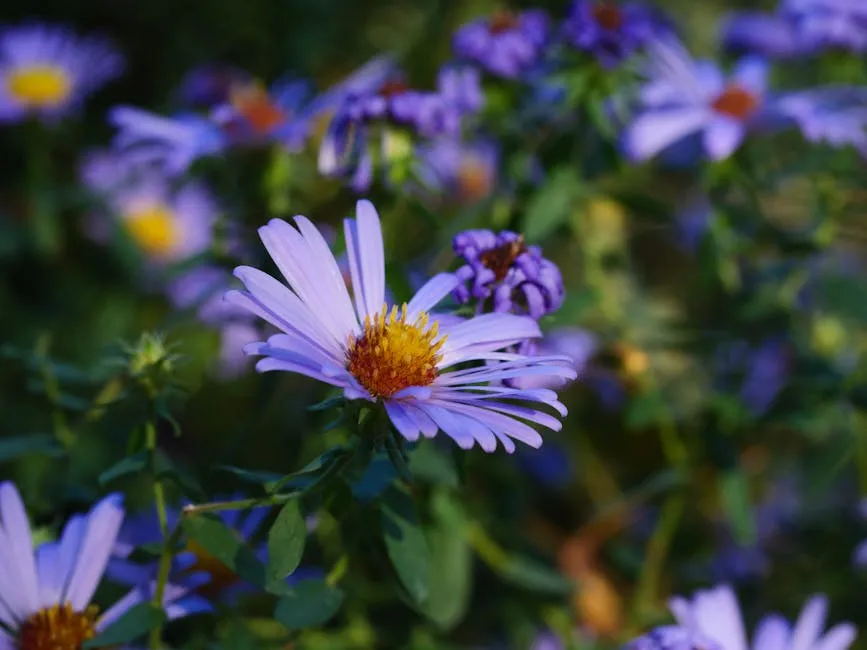
Sourcing Flower Seeds
Where to Buy Quality Seeds
When it comes to sourcing flower seeds for your Oklahoma garden, supporting local businesses is a blooming good idea! Local nurseries often carry flower seeds specifically adapted to Oklahoma’s climate. Plus, you get the added benefit of expert advice from staff who understand the quirks of your local soil and weather.
If you’re the online shopping type, there are also reputable online retailers. Websites like Native American Seed and Prairie Moon Nursery offer an extensive selection of native and drought-resistant flower seeds, perfect for your Oklahoma garden. Don’t forget about seed exchanges! These are fantastic for finding unique varieties and connecting with fellow gardening enthusiasts. And while you’re browsing, check out some handy Seed Starting Trays for your indoor gardening needs!
Always ensure you purchase from trusted sources. Quality seeds lead to healthy plants, and nothing is worse than investing time and effort only to have your seeds flop because they were subpar.
So, where should you go? Hit up your local garden centers or browse the web for those Oklahoma-specific flower seeds. Your garden will thank you! And if you’re really serious about keeping track, a Garden Journal might just be your best friend!
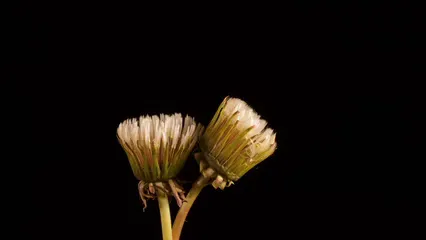
Planting and Caring for Your Flowers
Best Practices for Planting
Now that you’ve sourced those fabulous flower seeds, let’s get planting! The first step is ensuring you understand seed depth and spacing. Most seeds should be planted at a depth equal to two times their width. If they’re tiny, just sprinkle them on top of the soil and lightly press them in. Easy-peasy!
When it comes to spacing, be mindful. Crowding your seeds can lead to competition for nutrients and water, resulting in sad, spindly plants. Follow the guidelines on your seed packets for optimal spacing advice.
Soil preparation is critical. Make sure your soil is well-draining and rich in organic matter. You can mix in compost or aged manure to give your flowers a nutrient boost. To make this a breeze, why not grab some Organic Fertilizer to enrich your soil?
Watering is another vital part of the equation. Keep your soil moist but not soggy. Overwatering can lead to root rot, while underwatering can stress your plants. Aim for a balance that keeps your seedlings happy!
Finally, consider whether you’ll direct sow or start seeds indoors. Direct sowing is straightforward, while starting indoors gives you a head start. Just remember to harden off your seedlings before transitioning them outside. This gradual introduction will prevent shock and help them thrive.
Follow these best practices for planting, and you’ll be well on your way to a flourishing flower garden! Your blooms will be the envy of the neighborhood.
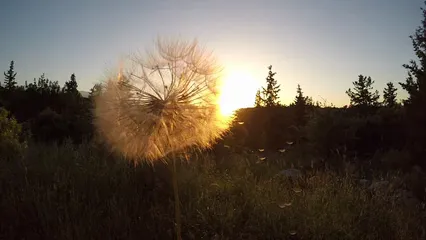
Maintenance Tips for Thriving Flowers
Once your flowers are blooming, the fun begins! Ongoing care is key to keeping them vibrant and healthy. Let’s dive into some essential maintenance tips.
Watering Wisely Watering is like giving your flowers a refreshing drink after a long day. In Oklahoma, it’s vital to water deeply but less frequently. This encourages deep root growth. Aim for early morning watering to minimize evaporation. During hot summers, you might need to increase watering frequency. Always check the soil moisture before watering!
Fertilizing for Flourishing Blooms Fertilization is like a feast for your flowers! Use a balanced fertilizer to provide essential nutrients. A slow-release option is perfect for ongoing nourishment. Apply it in early spring as plants begin to grow and again mid-season. Just be cautious not to over-fertilize—it can lead to lush foliage but fewer blooms!
Pest Control Strategies Every gardener encounters pests. Common culprits in Oklahoma include aphids, spider mites, and grasshoppers. To manage them effectively, consider natural solutions first. Introduce beneficial insects like ladybugs, which love to munch on aphids. For a more hands-on approach, neem oil or insecticidal soap can be effective. You can grab some Neem Oil to keep those pests at bay. Always check plants regularly for signs of trouble!
Seasonal Maintenance Tasks As the seasons change, so too should your maintenance routine. In spring, deadhead flowers to encourage new blooms. Summer may require increased watering and weeding. Autumn is the perfect time for cleanup—remove spent plants and debris to prevent pests and diseases. A little effort throughout the year yields beautiful results!
Create a seasonal gardening checklist for your flower beds to stay organized and ensure your blooms thrive all year long! And don’t forget to add some Garden Kneeler and Seat to make gardening more comfortable!
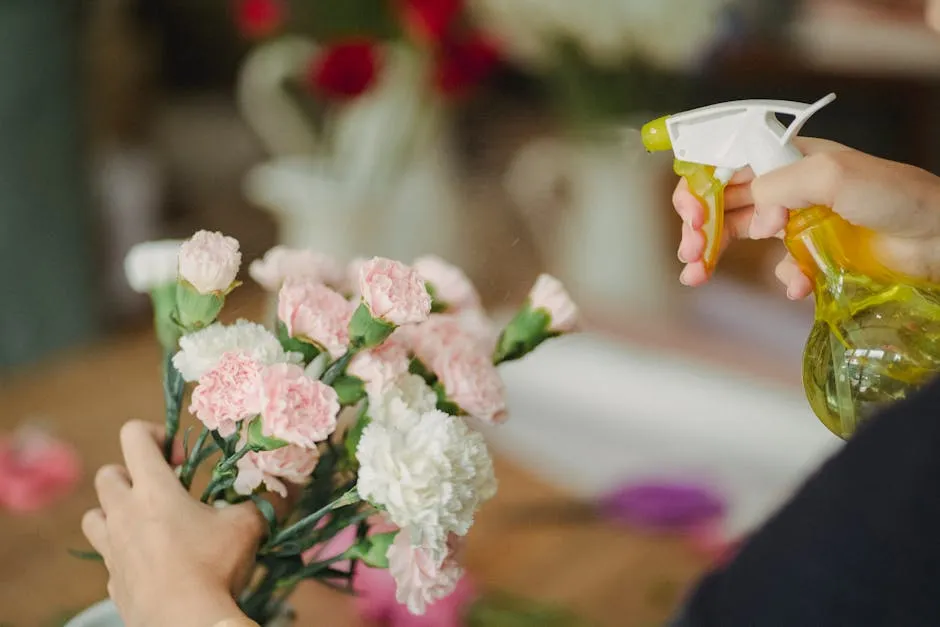
Please let us know what you think about our content by leaving a comment down below!
Thank you for reading till here 🙂
All images from Pexels



